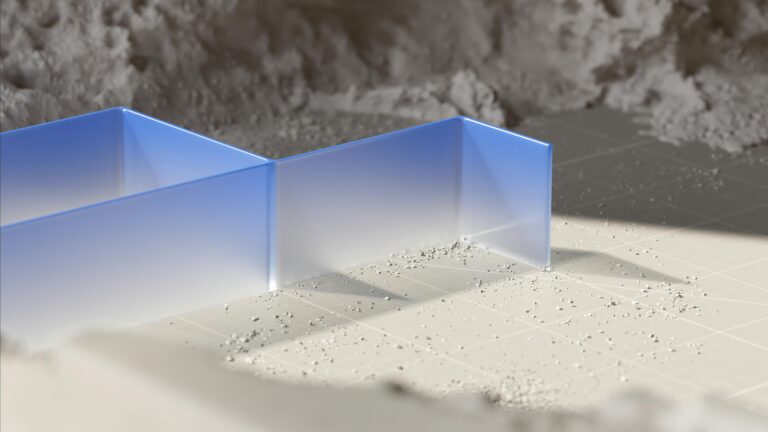Elementor Performance Secrets: Build Lightning-Fast Websites, Plugin-Free
Introduction: Elementor Speed Demons, Unite!
Elementor is a powerful page builder, but its flexibility can sometimes come at a cost: website speed. Many users rely on multiple plugins to address performance issues, creating a bloated site that’s slow and cumbersome. We at CopyElement believe there’s a better way – a plugin-free approach to achieving lightning-fast Elementor websites. This guide reveals the secrets to optimizing your Elementor builds for maximum speed without adding unnecessary plugins.
Understanding the Elementor Performance Bottleneck
Before diving into solutions, let’s identify the common culprits behind slow Elementor websites:
Excessive DOM Size: Too many nested elements within each other make the browser work harder to render the page.
Large Images and Videos: Unoptimized media files are a major drag on loading times.
Unnecessary CSS and JavaScript: Elementor’s default settings and poorly configured widgets can load unused code.
Slow Hosting: Your hosting provider is the foundation. A poor host impacts everything.
Caching Issues: Lack of proper caching means your website is rebuilt from scratch every time a visitor arrives.
Secret 1: Embrace the Power of CopyElement’s Lightweight Components
CopyElement is designed with performance in mind. Our component library offers pre-built, highly optimized sections and blocks that minimize DOM size and code bloat. By using CopyElement, you’re essentially bypassing the need to build complex layouts from scratch, eliminating layers of unnecessary HTML elements. We’ve carefully crafted each component to be lean, efficient, and fully customizable within Elementor.
Secret 2: Image Optimization: The Low-Hanging Fruit
This might seem obvious, but its importance can’t be overstated.
Choose the Right Format: Use WebP images whenever possible. They offer superior compression compared to JPEG and PNG.
Compress Images: Optimize images before uploading them to your website using tools like TinyPNG or ImageOptim.
Resize Images Appropriately: Don’t upload massive images that are then scaled down by Elementor. Use images that are the correct size for their intended display area.
Lazy Loading: Implement lazy loading for images below the fold. This prevents them from loading until they are visible in the viewport, significantly improving initial page load time. Elementor natively supports lazy loading.
Secret 3: Minimizing DOM Size: Less is More
A large DOM (Document Object Model) can significantly slow down rendering. Here’s how to minimize it:
Avoid Excessive Nesting: Reduce the number of nested containers and sections. Re-evaluate your layout – can you achieve the same design with fewer elements?
Conditional Display: Use Elementor’s display conditions to show or hide elements based on specific criteria. This prevents loading elements that aren’t needed for all users.
Remove Unused Elements: Audit your pages and delete any sections, columns, or widgets that are no longer needed.
Simplify Complex Designs: Sometimes, a simpler design is a faster design. Consider streamlining complex layouts to reduce the number of elements involved.
Secret 4: CSS and JavaScript Optimization: Cutting the Fat
Unnecessary CSS and JavaScript can bloat your website.
Elementor’s Experiments: Experiment with Elementor’s “Experiments” feature. Enable options like “Inline Font Icons” and “Optimized DOM Output” for potential performance gains. Be sure to test thoroughly after enabling any experiment.
CSS Delivery: Ensure your CSS is delivered efficiently. Defer non-critical CSS to prevent render-blocking.
Avoid Inline Styling: While convenient, excessive inline styling can hinder performance. Stick to using classes and stylesheets.
Check Third-Party Scripts: Evaluate any third-party scripts you’re using. Are they necessary? Are they optimized? Remove any that are not essential.
Secret 5: Leverage Browser Caching
Browser caching allows visitors’ browsers to store static assets like images, CSS, and JavaScript files. This reduces the need to download these files on subsequent visits, resulting in significantly faster loading times.
Configure .htaccess: Add browser caching rules to your .htaccess file (if you’re using Apache).
Use a CDN: A Content Delivery Network (CDN) stores your website’s assets on servers around the world. This allows visitors to download content from the server closest to them, reducing latency.
Secret 6: Choose a Performance-Optimized Theme
Your theme plays a critical role in website performance. Opt for a lightweight, well-coded theme that is designed for speed. Avoid bloated themes with unnecessary features. Themes specifically built to complement Elementor often provide a solid foundation for performance.
Secret 7: Hosting Matters: Invest in Speed
No amount of optimization can compensate for poor hosting. Choose a reliable hosting provider with fast servers and a solid infrastructure. Consider managed WordPress hosting, which is specifically optimized for WordPress websites.
Conclusion: A Faster Elementor is Within Reach
Building lightning-fast Elementor websites without relying on a multitude of plugins is entirely achievable. By focusing on DOM size reduction, image optimization, efficient code delivery, and strategic caching, you can create a website that is both visually stunning and incredibly fast. Combine these strategies with the lightweight components available on CopyElement, and you’ll have a performance powerhouse that delights your visitors and boosts your search engine rankings. Start implementing these secrets today and experience the difference!







